Legionella: A Silent Threat in the Hotel Industry
In the hospitality sector, maintaining the highest standards of safety and hygiene is non-negotiable. One often-overlooked but critical aspect is safeguarding against the Legionella bacterium. In this article, we will explore the presence of Legionella in hotels and the essential measures to protect your guests and reputation.
Understanding Legionella in the Hotel Context
Legionella, a bacterium typically found in natural water sources, can infiltrate man-made water systems within hotels, including plumbing, cooling systems, and even luxurious spa facilities. This bacterium thrives in warm water, making hotels susceptible to its proliferation.
The Health Risk to Hotel Guests
When Legionella bacteria proliferate in a hotel’s water systems, they can become aerosolized, putting guests and staff at risk. Inhalation of these contaminated aerosols can lead to Legionnaires’ disease, a severe form of pneumonia with symptoms such as high fever, cough, and shortness of breath.
Identifying High-Risk Areas in Hotels
Understanding where Legionella is most likely to lurk is crucial for prevention within the hotel industry. Here are some key areas:
1. Spa and Wellness Facilities
Luxurious spa amenities are a significant draw for many hotel guests. However, the warm water in hot tubs and saunas can be a haven for Legionella. It is vital to maintain rigorous cleaning and disinfection protocols in these areas.
2. Air Conditioning and Cooling Systems
Hotel cooling systems and air conditioning units often use water to regulate temperatures. These systems must be regularly inspected and cleaned to prevent Legionella growth.
3. Guest Room Plumbing
While ensuring a comfortable stay for guests, hotels must also be vigilant about the plumbing systems. Water stagnation in guest rooms can facilitate Legionella growth.
Prevention: Your Hotel’s Action Plan
To ensure the safety and well-being of your guests, here’s a tailored Legionella prevention plan for hotels:
1. Spa and Wellness Facility Maintenance
Implement a stringent maintenance schedule for spa and wellness facilities. Regularly clean and disinfect hot tubs, saunas, and steam rooms. Ensure proper filtration and water quality monitoring.
2. Cooling System Vigilance
Maintain a proactive approach to the maintenance of your hotel’s cooling and air conditioning systems. Regular cleaning and disinfection, along with water quality checks, are essential.
3. Guest Room Plumbing Checks
Conduct routine inspections of guest room plumbing to prevent water stagnation. Ensure that all fixtures are in good working order.
4. Staff Training
Educate your staff about the risks of Legionella and the importance of following preventive measures. Encourage open communication to report any concerns promptly.
In Conclusion
For hotels, safeguarding against Legionella is not just a matter of hygiene; it’s about ensuring the safety and well-being of guests and maintaining a sterling reputation. By taking proactive measures, such as rigorous maintenance, cleaning, and staff training, you can create a safer and more enjoyable environment for your guests. Remember, in the hotel industry, every guest’s health and experience count.
 Congratulations to Federico Ciampi and the team at 100 Queen’s Gate, who were recently awarded this best performance trophy by Richard Hannay of HSQC.
Congratulations to Federico Ciampi and the team at 100 Queen’s Gate, who were recently awarded this best performance trophy by Richard Hannay of HSQC.
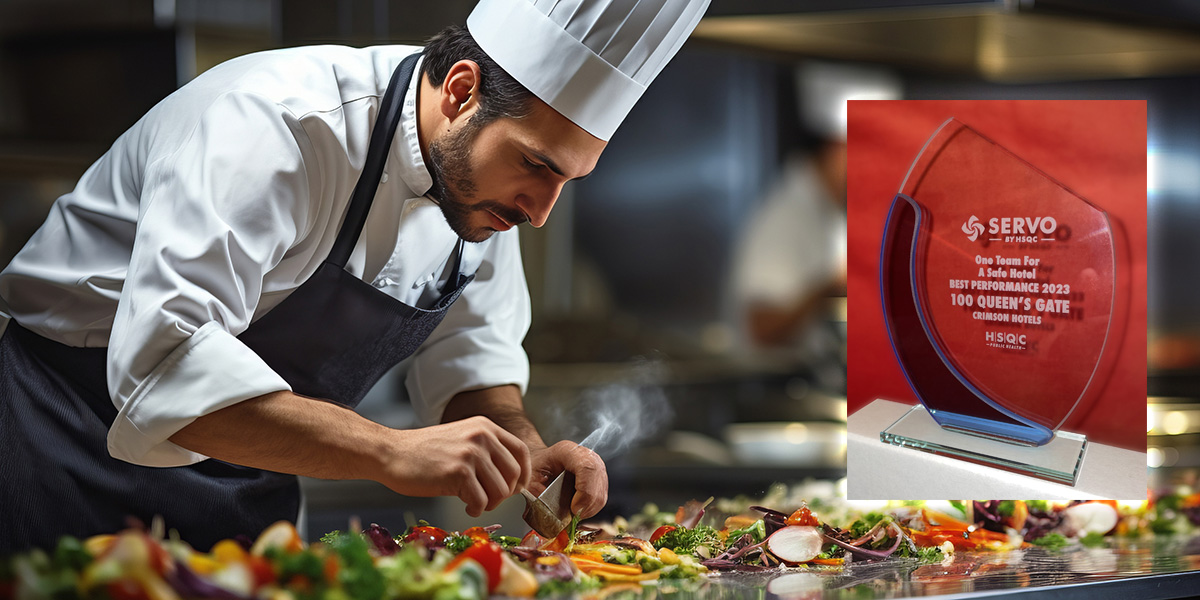
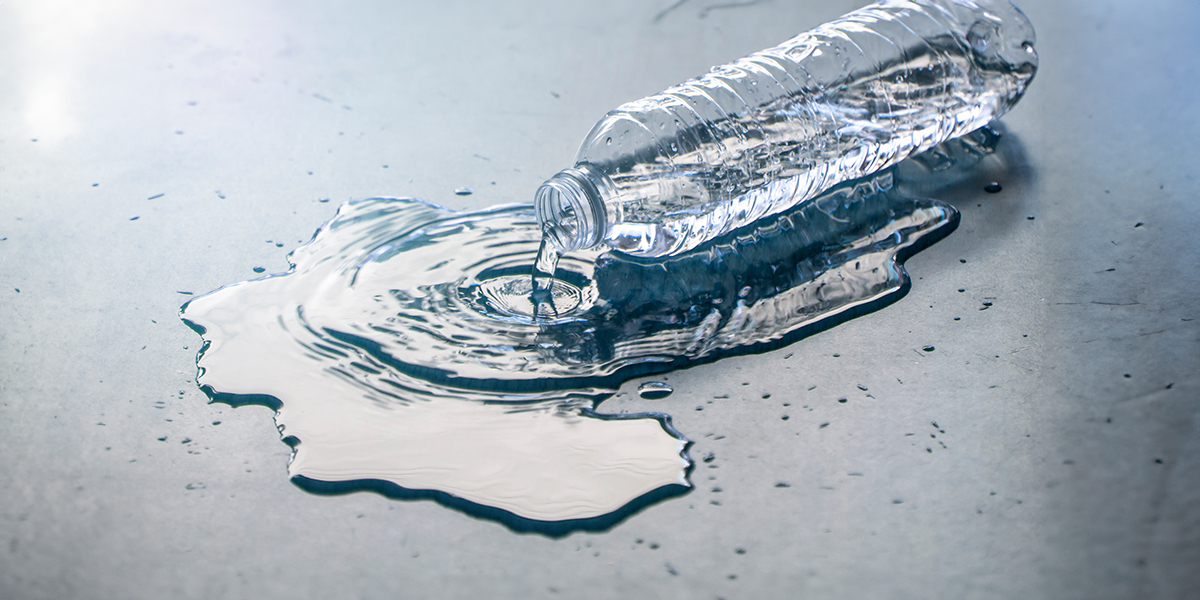
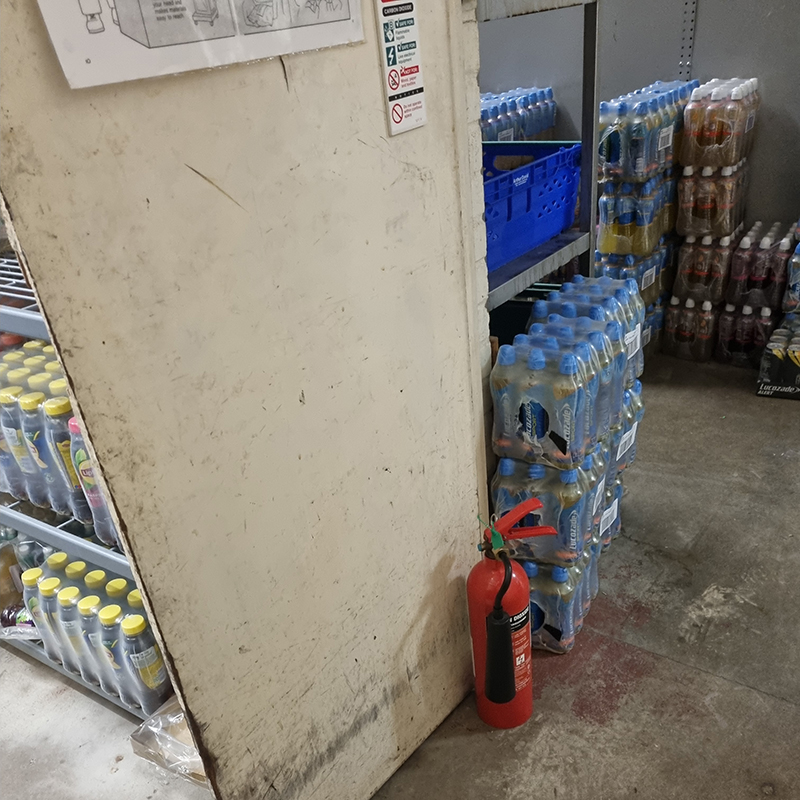 Here’s another real world hazard spotting exercise. The staff in this busy café were unaware of the potential hazards on show!
Here’s another real world hazard spotting exercise. The staff in this busy café were unaware of the potential hazards on show!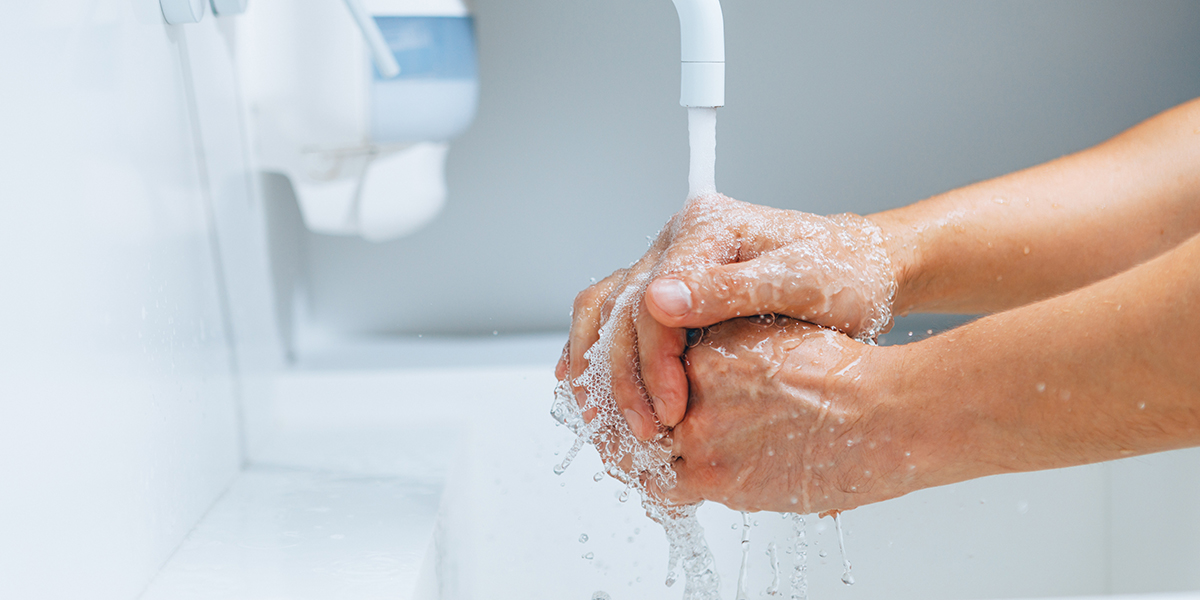
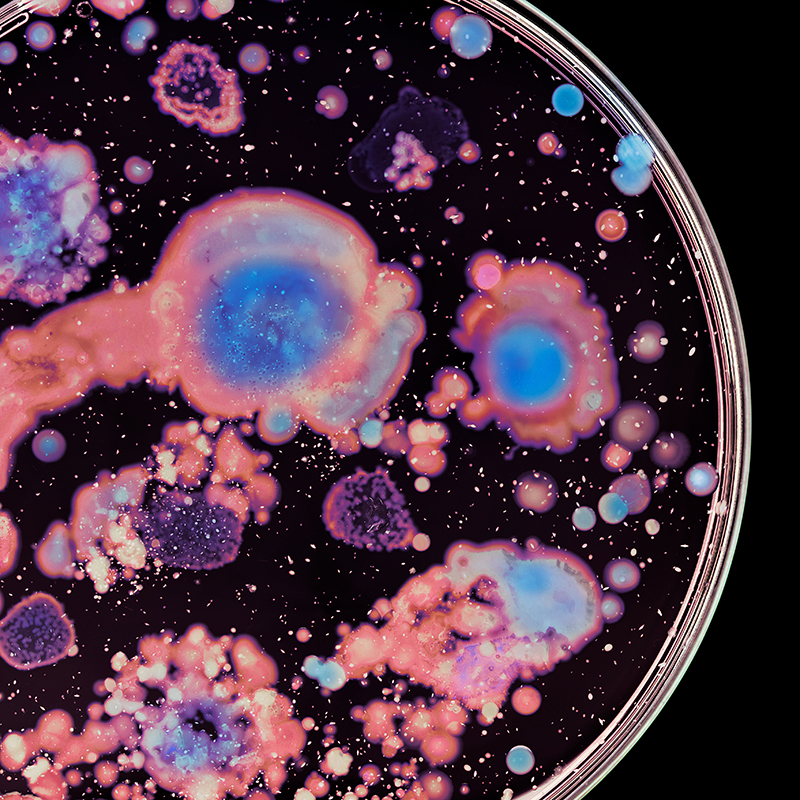


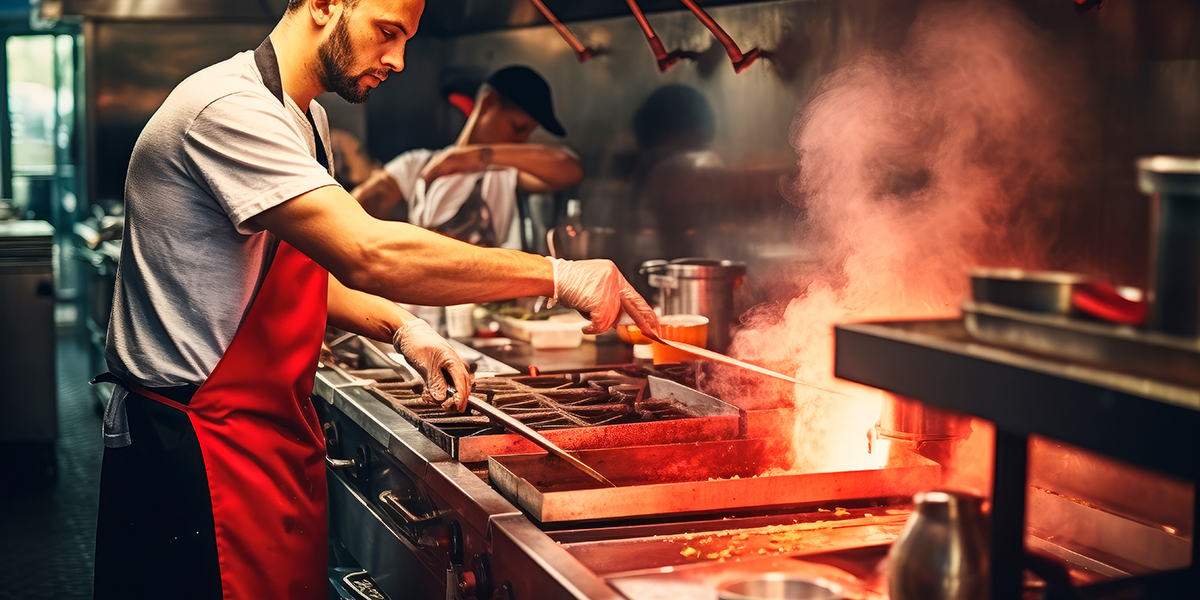
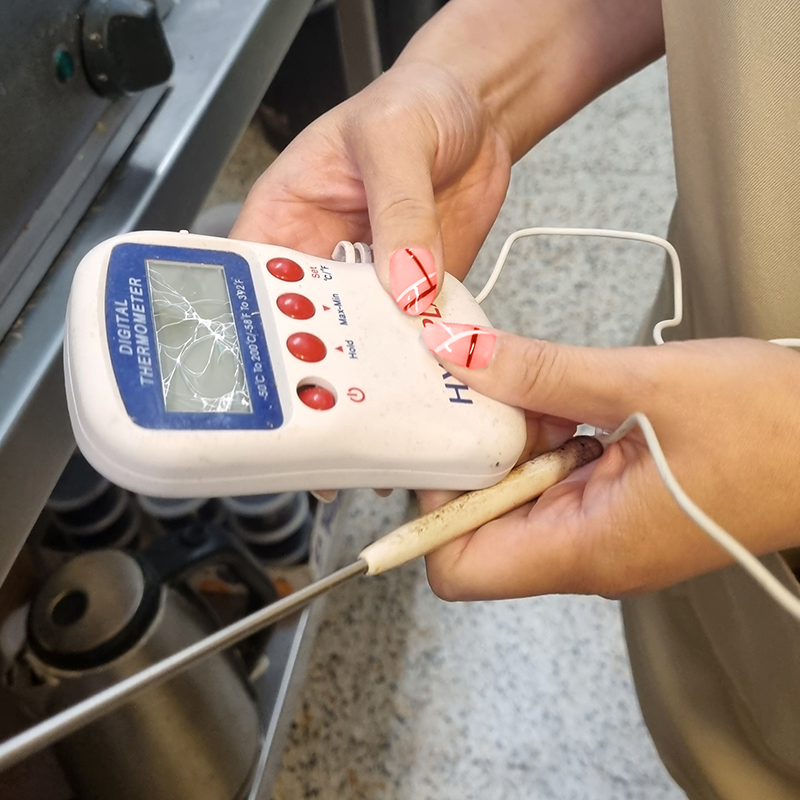

 All records are logged and available for access and download in your own Document Library. Over time you and your team can monitor progress with the Reports Dashboard, viewing the Metrics and Action Tracker history following ongoing reviews.
All records are logged and available for access and download in your own Document Library. Over time you and your team can monitor progress with the Reports Dashboard, viewing the Metrics and Action Tracker history following ongoing reviews.